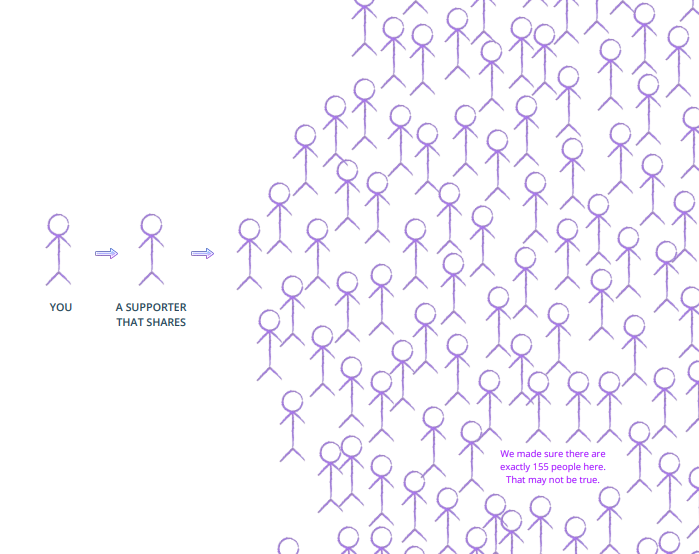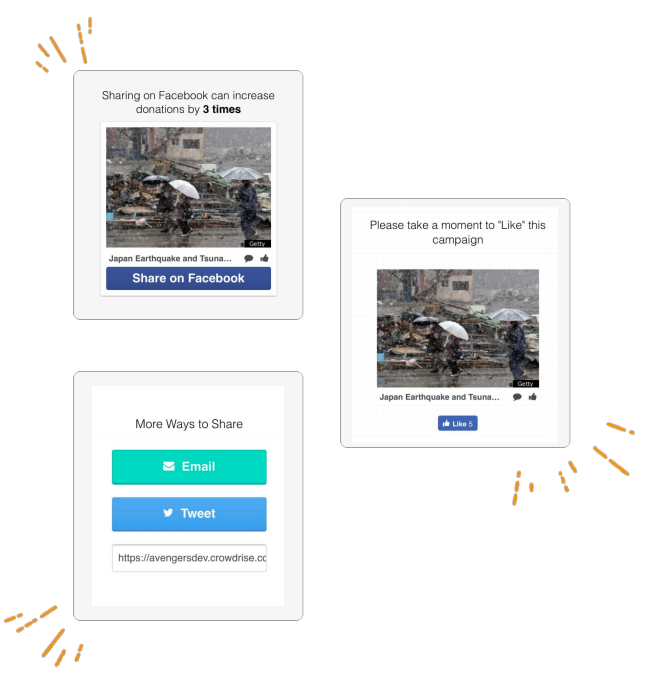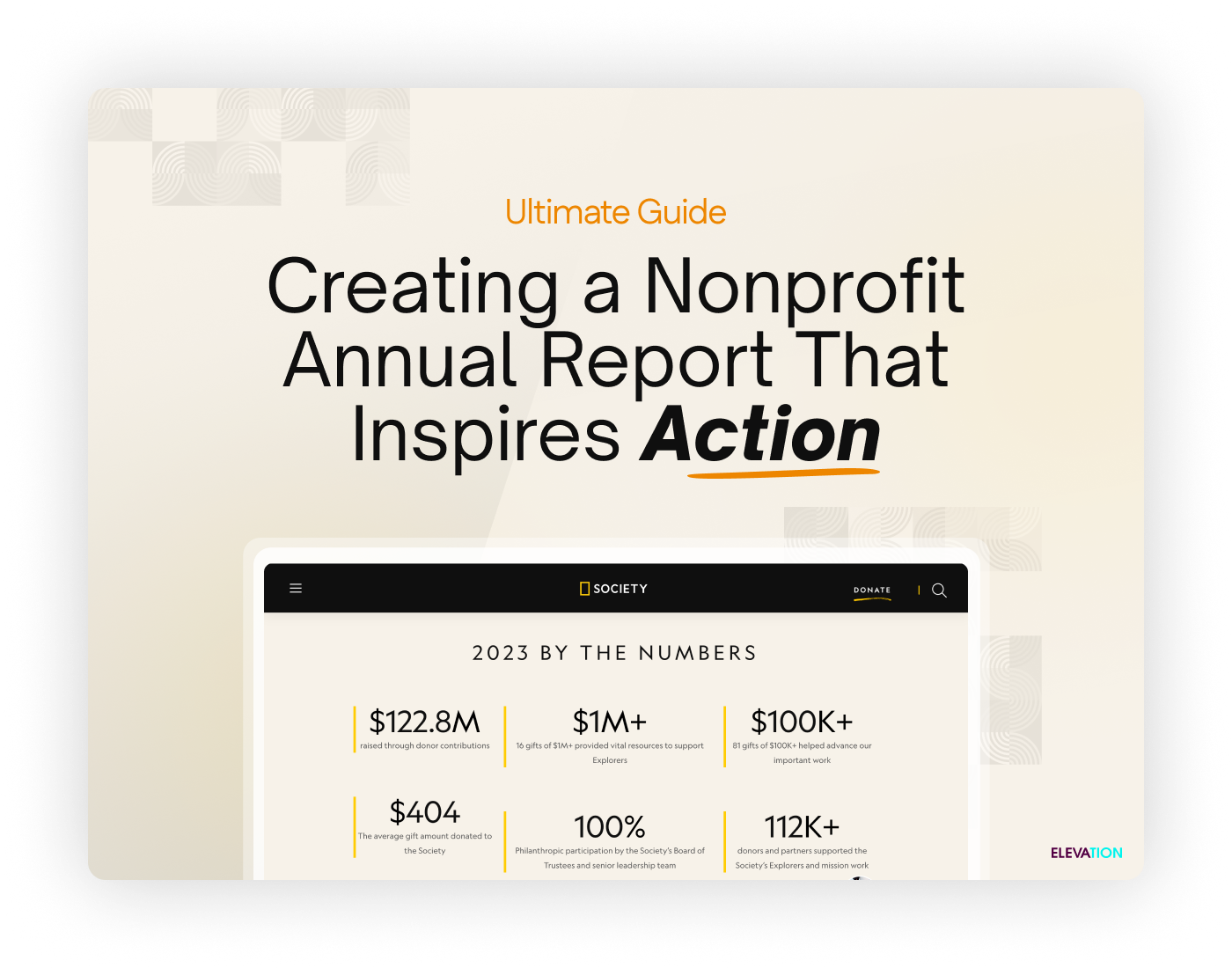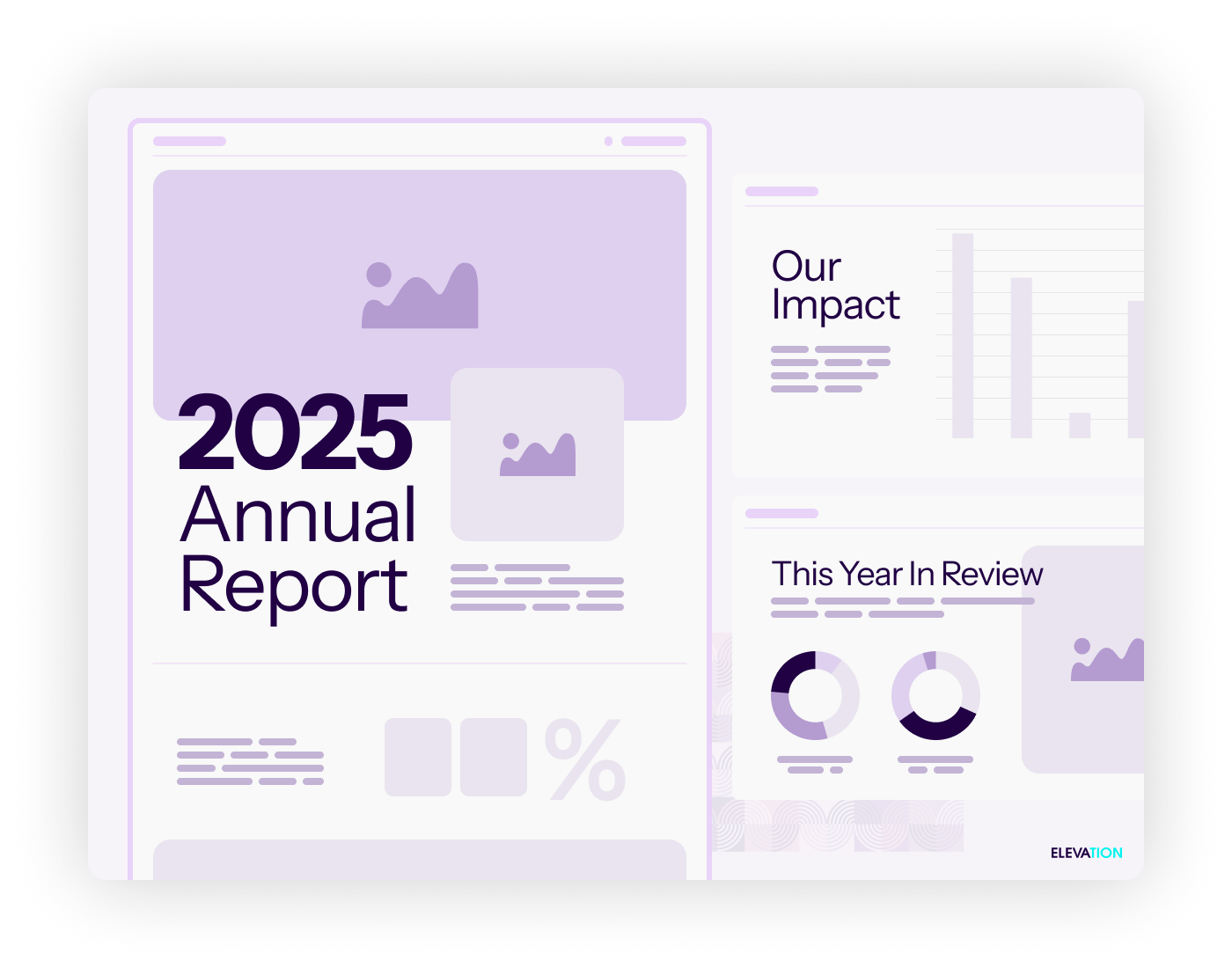This is a contributing post from CrowdRise
For many people around the world, endorsement and support of a nonprofit is personal. Maybe a close friend or family member was affected by the cause, maybe it’s a cause that influences their future, or maybe it even affects them personally.
And when a cause means that much to you, sometimes sending in a check or volunteering isn’t enough. You want to intertwine the cause with your own narrative, and share with the world your own motivation for support, just so they know how personal it is.
That’s where peer-to-peer fundraising comes in.
Peer-to-peer fundraising is when a nonprofit invites their supporters to set up personal fundraisers on the nonprofit’s behalf to support an event and cause. The idea behind this particular type of crowdfunding is that, when individual supporters set up personal fundraisers and share with their network of friends and family, it creates more awareness and brings in new funds from groups that the nonprofit wouldn’t be able to reach on their own. (The average person has 155 friends on Facebook, so one single share can have a 155x multiplier on the number of people it can reach.)
Plus, with peer-to-peer fundraising, the exposure that supporters are getting to your nonprofit is a personal one. They’re getting a glimpse into what makes their friend or family member love your cause, creating an authentic, trusted ‘review’ of sorts, which will hopefully lead them to donate, or even share with their own network — once again expanding your reach.
Creating a Peer-to-Peer Campaign
You don’t have to have huge amounts of time or money to add peer-to-peer into your organization’s fundraising strategy. In fact, you can easily add it on to events and programs that your nonprofit is already running. Here’s how to get started…
Find the right platform
Make sure the platform you’re using is equipped to handle peer-to-peer fundraising. You’ll want to make sure your supporters can create individual fundraising pages (that are branded for your campaign), that you can message supporters, and that you can see the collective amount raised and how that number rolls up to your overall campaign total.
Platforms like CrowdRise by GoFundMe give nonprofit’s at every plan access to advanced functionality, reporting, and world-class support to hold and grow a successful peer-to-peer program.
Set a goal
Goal setting is important, not only to have something to work towards collectively, but also to stay motivated. But make sure your goals are realistic. If you think you can raise $10,000 but $25,000 is a major stretch, go for $10,000. You can always raise your goal as you go, and that ‘small win’ when you hit $10,000 will motivate your team to strive for the next goal and take you even farther.
Build success resources
Peer-to-peer fundraising isn’t a totally hands-off endeavor. You should make it as easy as possible for fundraisers to raise money for your cause through tools and resources they can use while running their own projects. These tools should include items like sample email templates, successful campaign examples, messaging calendars, and assets like official nonprofit logos, colors, and images.
Get your community involved
There are a number of great messaging tools out there that nonprofits can use to help make their peer-to-peer fundraising efforts even more successful, and have a valuable return on mission for the organization. Two of our favorite messaging tool to help involve the community are emails and social fundraising.
Email Messaging
It’s not easy to ask friends and family for money. That’s why it’s helpful for nonprofits to arm their supporters with a message about why your organization is making a difference and why support is so important. “You don’t necessarily need to ask for money when you’ve put a compelling argument together to support a cause,” said Ellen from the Pat Tillman Foundation — one of the best orgs out there when it comes to success with peer-to-peer.
In your messaging out to your supporters, present real situations — a problem that’s unsolved, a person that needs help, a story that’s not complete — and give your them a powerful role to play in their fundraising efforts.
Social fundraising
When you community is passionate about your mission, they want to share it with their friends and family — this is a little something we like to call social fundraising.
When a supporter shares their interaction with an organization, whether it’s a donation made, a ticket purchased, a personal alignment with their mission, etc., their message is more personal and compelling than a brand reaching out to strangers to ask for their support. And surprisingly often, these shares result in a new donation from someone not already in the nonprofits audience. (In fact, each post-donation social share brings in, on average, $15 in new donations to a campaign, CrowdRise by GoFundMe found.) That’s huge.
So, make sure that you’re optimized for social sharing on all of your campaign pages and during your donation flow in order to encourage sharing and make it easy.
Social fundraising is a critical concept to understand, but can also be a confusing and complicated one. To learn more, check out the 5-part Social fundraising in the real world eGuide to read about the next steps in order to use the power of social fundraising to benefit your organization.






